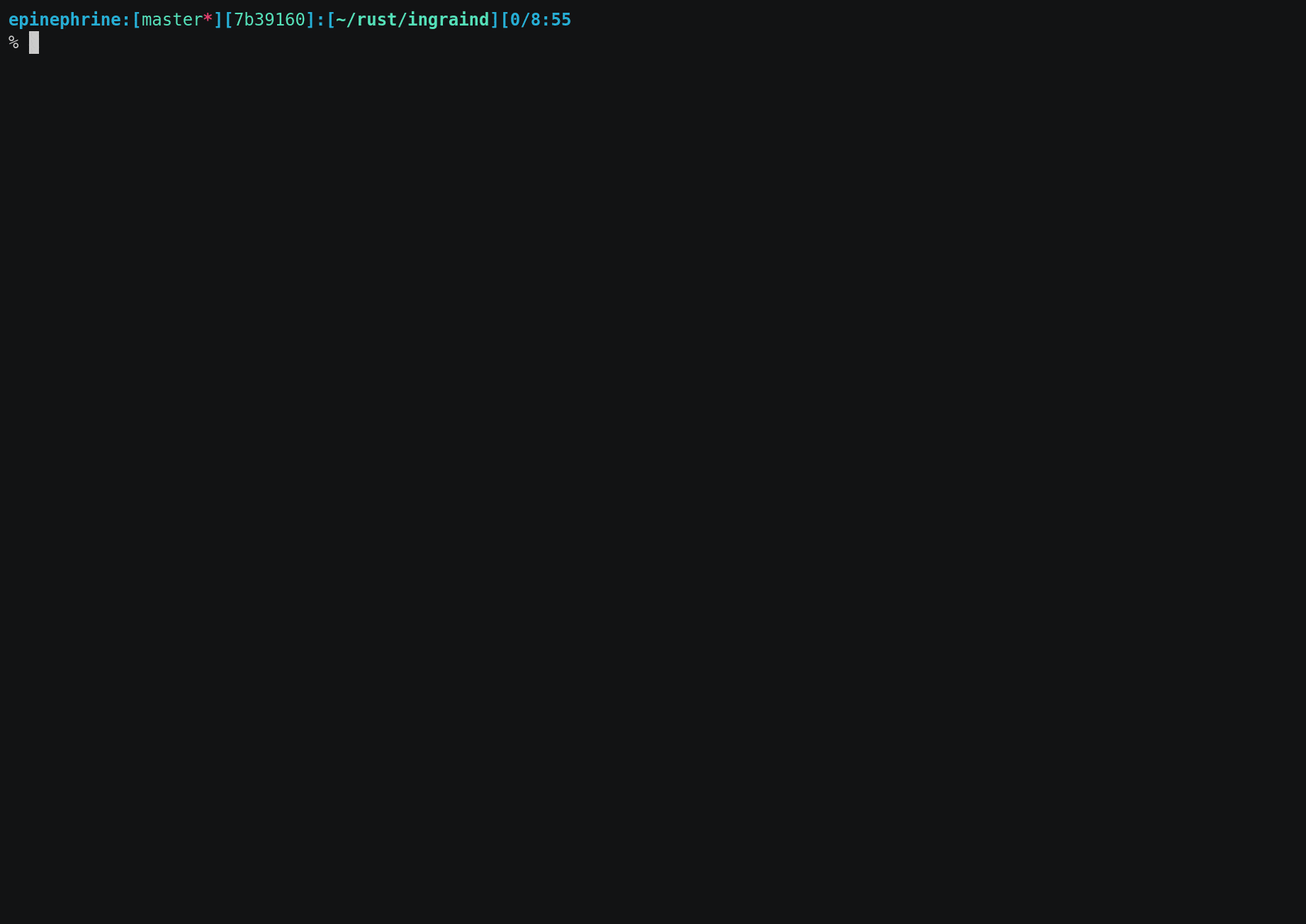Data-first monitoring.
ingraind is a security monitoring agent built around RedBPF for complex containerized environments and endpoints. The ingraind agent uses eBPF probes to provide safe and performant instrumentation for any Linux-based environment.
InGrain provides oversight of assets and risks:
- Your customer data - an employee copying your customer database to their personal cloud store.
- Your infrastructure - an attacker executing a zero day attack to gain access to your web servers.
- Your resources - malware using your users machines compute resources to mine cryptocurrency.
This is what curl https://redsift.com looks like if seen through ingraind:
Compilation on Arch Linux will pick up the currently installed source tree using
pacman.
On other distributions, set the KERNEL_SOURCE environment variable with the
path to the kernel source tree.
Please note that this actually needs to be a dirty source tree of an actual kernel, not just a version compatible bare source tree.
The usual Rust compilation ritual will produce a binary in target/release:
cargo build --release
or with custom sources:
env KERNEL_SOURCE=/usr/src/kernel/$(uname -r) cargo build --release
To build a Docker container, make sure kernel directory is populated with the
source tree of the target kernel.
The resulting container is tagged ingraind by default, but you can set
additional tags or pass docker flags like so:
docker/build.sh -t ingraind:$(git rev-parse HEAD | cut -c-7)
To get an idea about the configuration file structure, consult the wiki or take a look at the example config for a full reference.
To start ingraind, run:
./target/release/ingraind config.toml
Depending on the backends used in the config file, some secrets may need to be
passed as environment variables. These are documented in
config.toml.example, which should be a good starting point,
and a sane default to get ingraind running, printing everything to the standard output.
The bpf directory contains the BPF modules. These are compiled by build.rs,
and embedded in the final binary, and will be managed by the grains.
For more information, look at the Wiki
